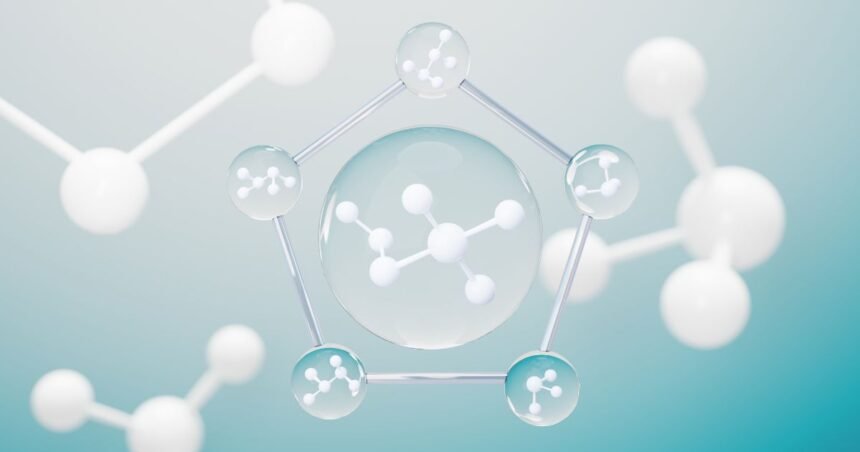What Makes Atoms React? Understanding Reactivity and Chemical Bonding
Every day we witness atoms and molecules interacting in a dizzying number of chemical processes, from digestion to combustion reactions. Yet what is it that determines why certain atoms readily bond and react with each other while others do not? What gives atoms their chemical personality and reactivity tendencies?
Electron Configuration Controls Reactivity
The electron structure of an atom encompasses the distribution of its electrons in electron shells and subshells. The outermost or valence shell determines the atom’s bonding and reactivity characteristics. Atoms seek to fill their valence shells to attain stability, either by gaining, losing or sharing electrons with other atoms. Nearly all chemical bonding stems from this driving need for a full valence stable electron arrangement.
| Factor | Description | Influence on Reactivity |
|---|---|---|
| Electron Configuration | The distribution of electrons in electron shells and subshells, mainly the outer valence shell | Determines bonding capabilities and whether an atom will give up, gain or share electrons |
| Orbital Energy Levels | The specific electron shell and subshells that electrons occupy | Enables orbitals to overlap and bond, with optimal energy level matches being most stable |
| Electronegativity | A measure of the atom’s ability to attract bonding electrons | Atoms with low electronegativity readily give up electrons, while high electronegativity atoms pull electrons towards them |
| Oxidation States | The loss and gain propensity of electrons according to valence rules | Combined with electronegativity, predicts likelihood and type of chemical bond formation |
Orbital Energy Levels Enable Bonding Interactions
Energy diagrams and orbital overlaps facilitate bonding. Optimal energy level matching allows electron sharing. Endothermic/exothermic energy changes drive reactivity direction.
Electronegativity Governs Electron Transfer
Electronegativity measures electron attracting power. Donation or sharing tendencies set by relative electronegativity. Facilitates prediction of compound formation.
Oxidation States Dictate Electron Transfers
Oxidation states showcase electron loss/gain propensity. Valence rules supplement electronegativity insights. Together predict reaction and bond type likelihood.
Electronic configurations, energy levels, electronegativity and oxidation states control chemical reactivity. Determine if and how atoms will bond and transform. Unlocks precise control over reactions for chemistry advances.






